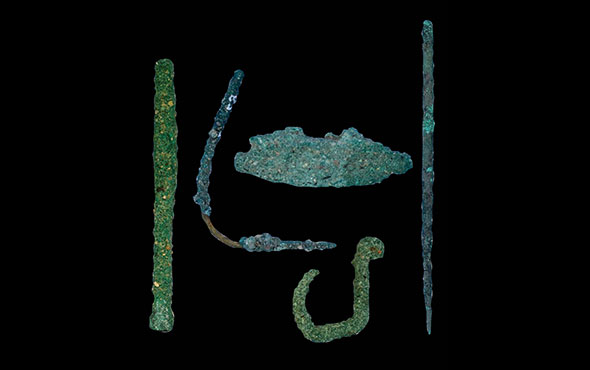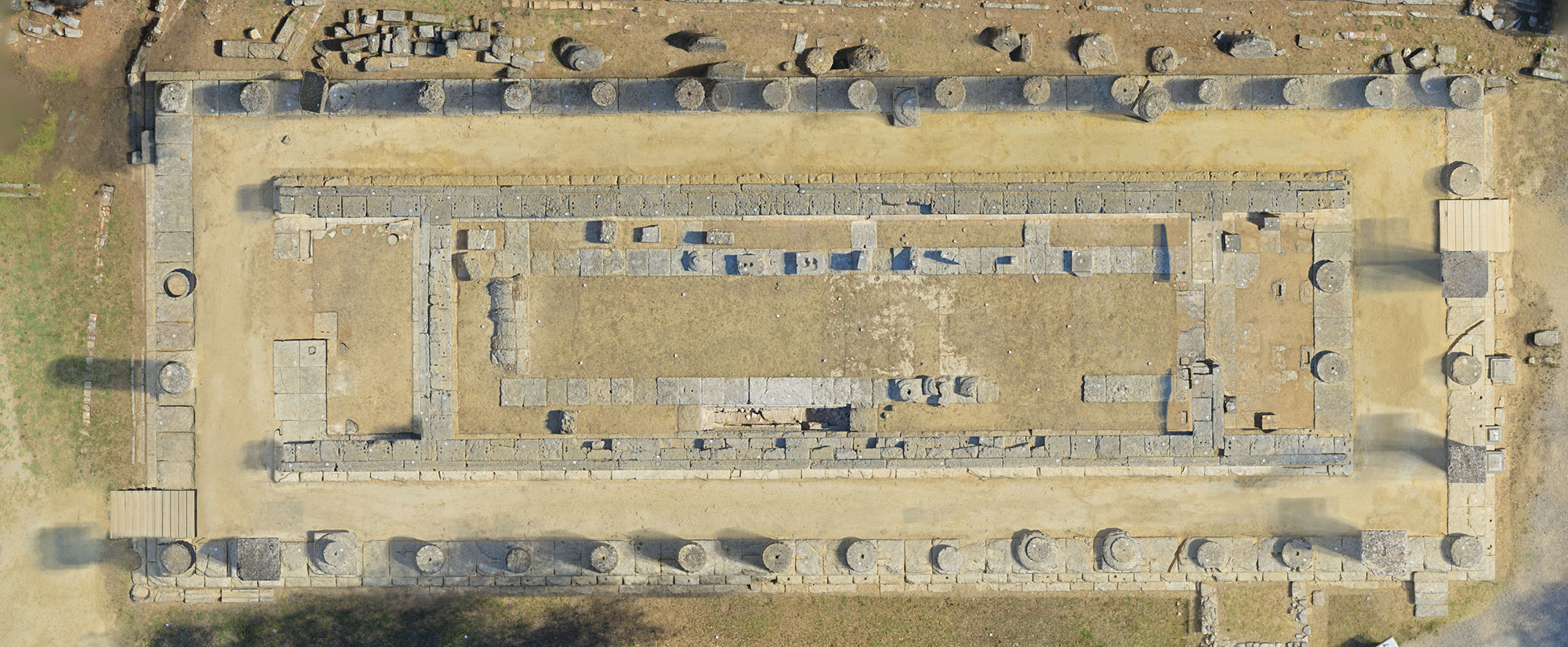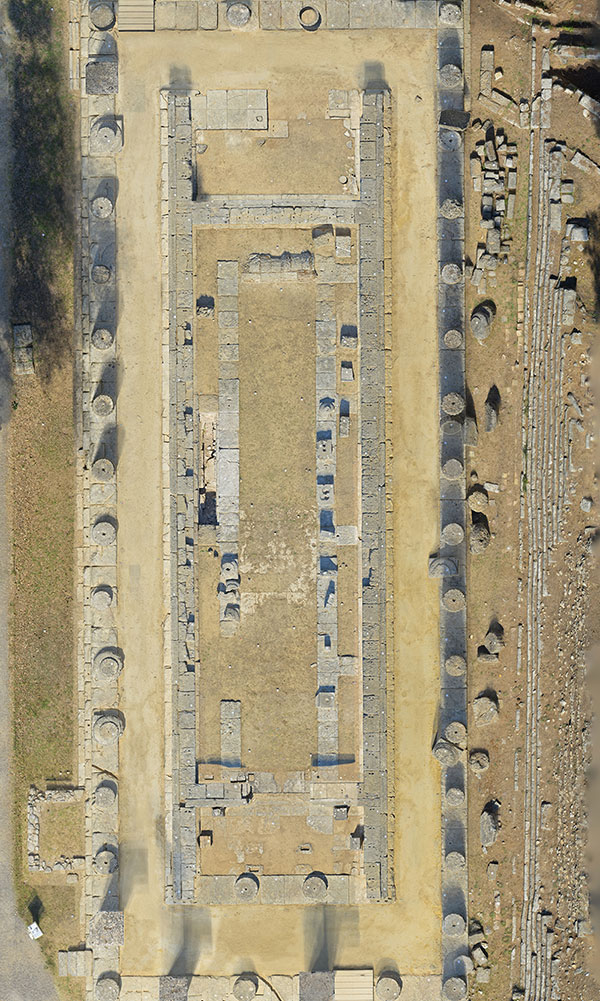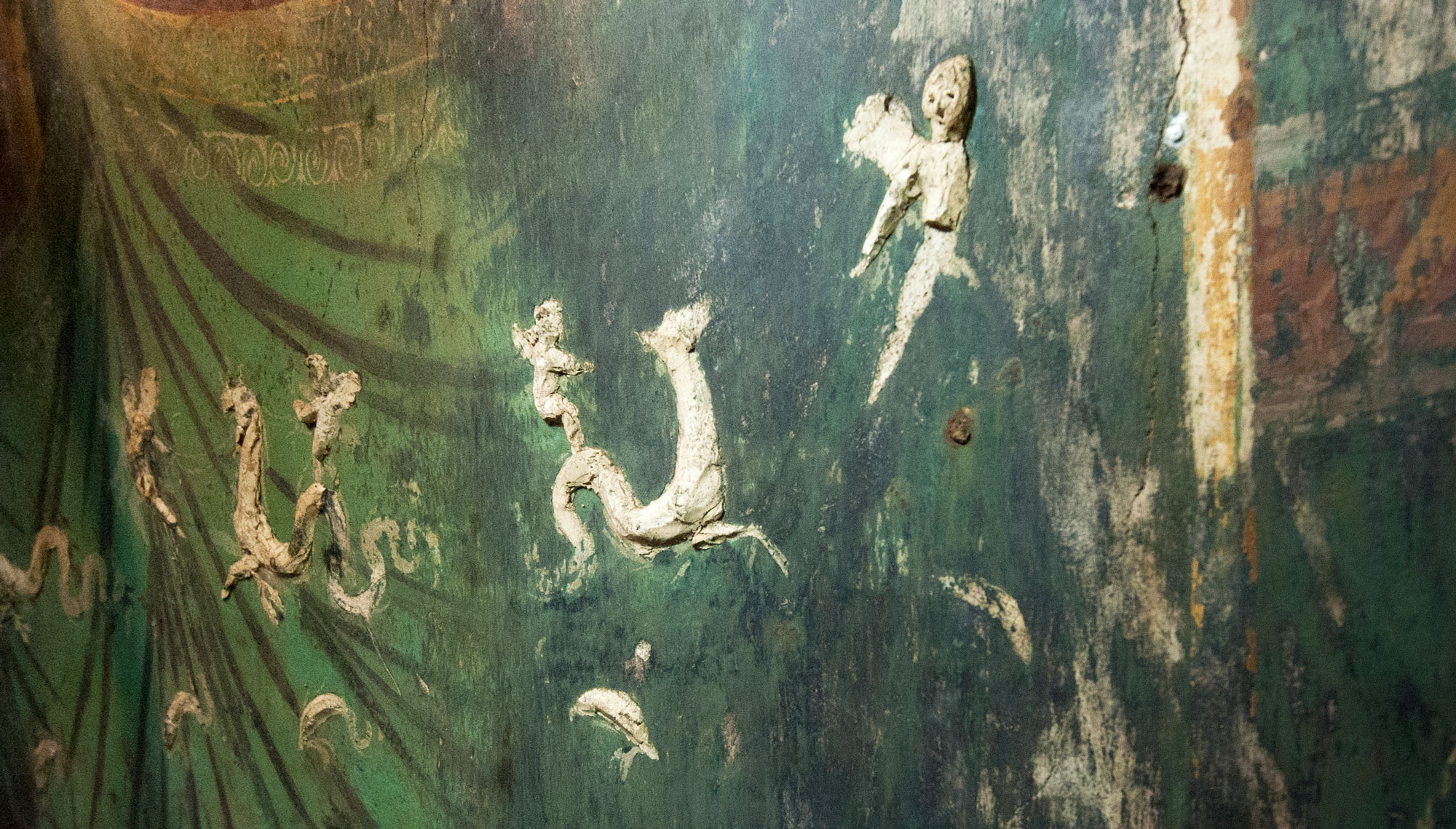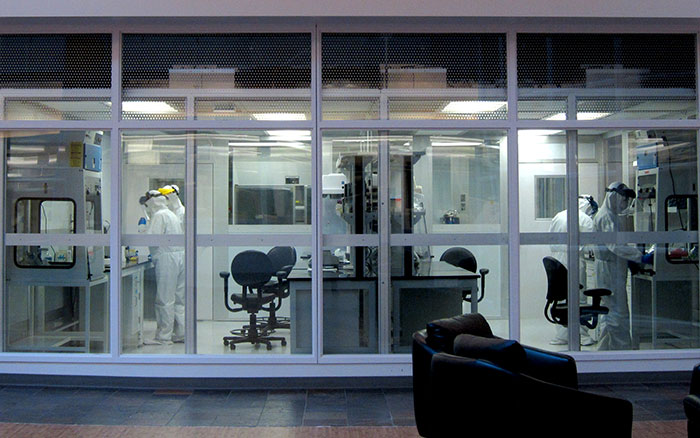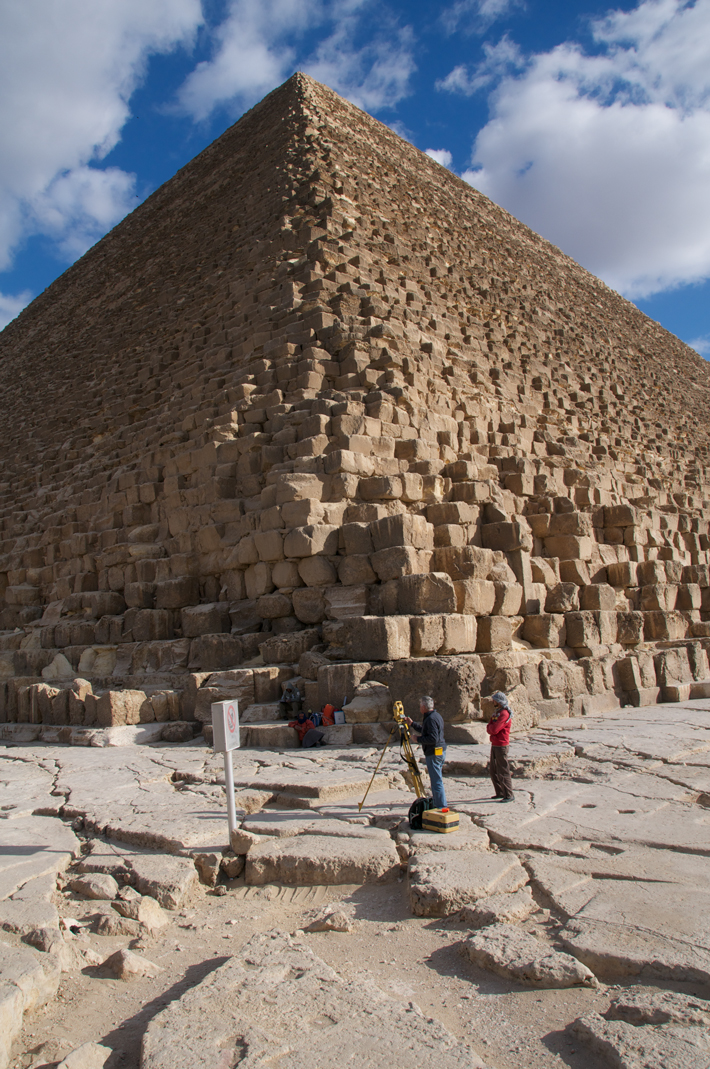
A new survey of the dimensions and orientation of ancient Egypt’s Great Pyramid of Giza has found that its builders attained a remarkable degree of accuracy despite limited technology. The 4,500-year-old pyramid is laid out with its sides running just one-fifteenth of a degree askew of the cardinal directions. In addition, each side of the pyramid’s original base measured around 756 feet long, but with the west side measuring about 2.9 inches longer than the east side, and the south side about 2.2 inches longer than the north side.
Estimating the pyramid’s initial dimensions is challenging given that it was originally clad in casing stones, almost all of which were repurposed as building materials several hundred years ago. Along the structure’s 3,000-plus-foot perimeter, only 177 feet of casing stones remain. To provide additional data, archaeologist Mark Lehner, director of Ancient Egypt Research Associates, looked for etched or cut lines at the pyramid’s base to indicate the location of its original edges. He found 84 such points, most of which are near the centers of the sides, with no evidence of the original corners remaining.
Glen Dash, an engineer and head of the Glen Dash Research Foundation, and his team used a statistical method known as linear regression analysis to estimate the full extent of the pyramid’s edges based on Lehner’s data points, resulting in the finding that the base is not quite square. “It is slightly a parallelogram,” says Dash, and this suggests its builders were better at measuring precise distances than they were at measuring precise right angles.
“We think they were simply using wood, rope, copper, and stone, and were still able to achieve this level of precision,” says Dash. These margins of error, he says, are similar to what one would find in most modern-day construction projects, although structures such as bridges and high rises are held to more exacting standards.



